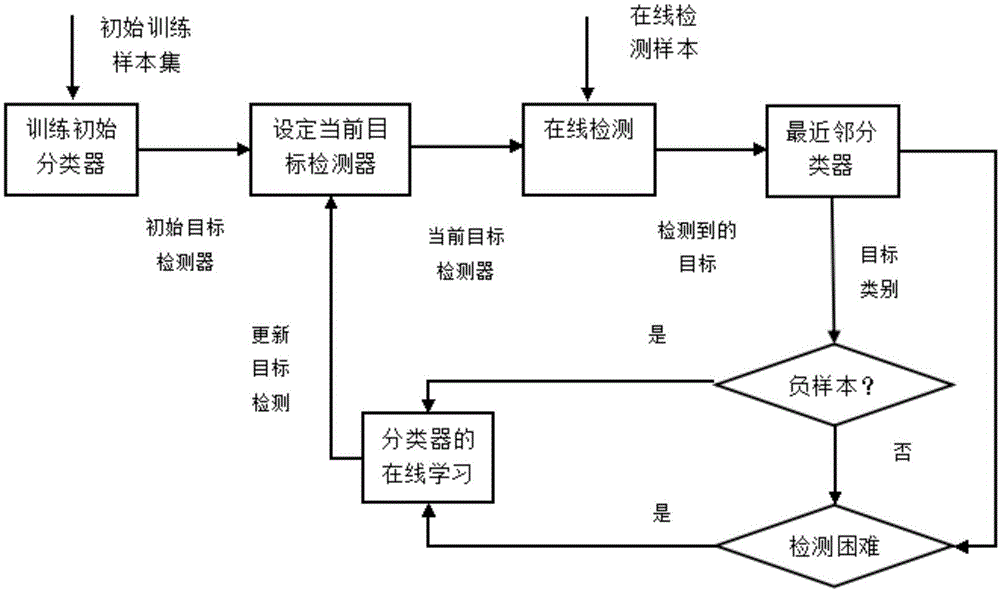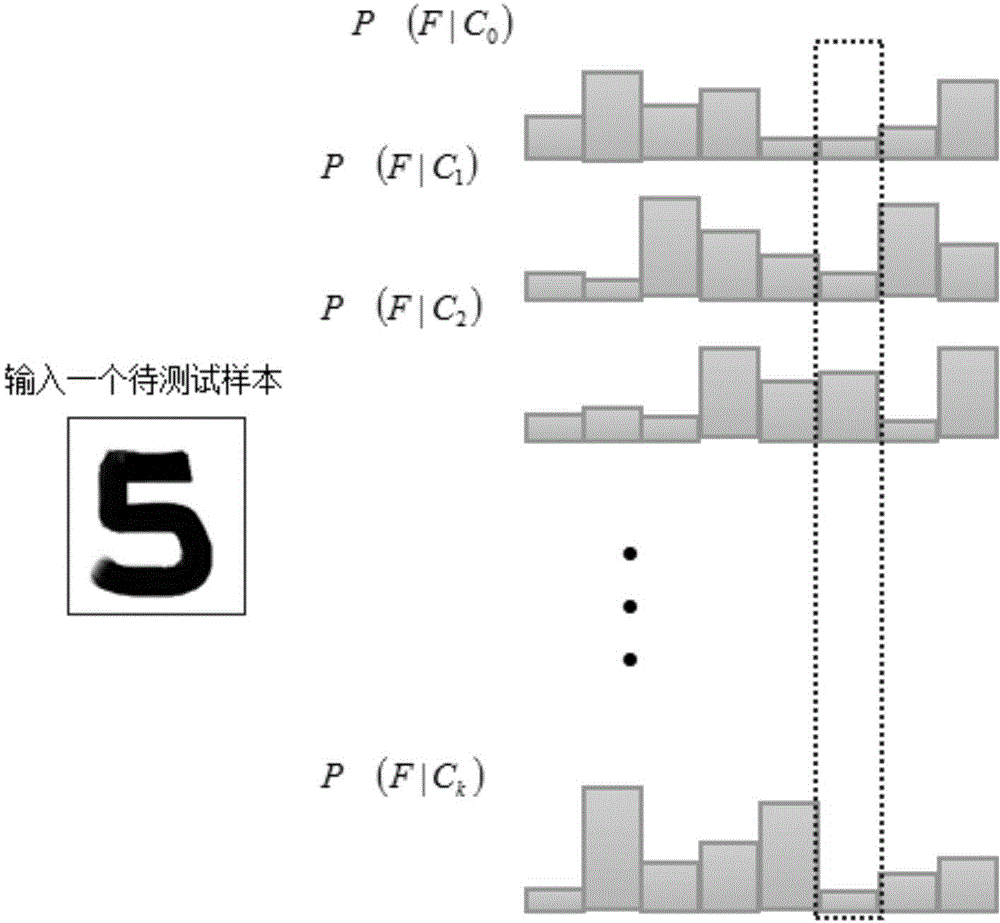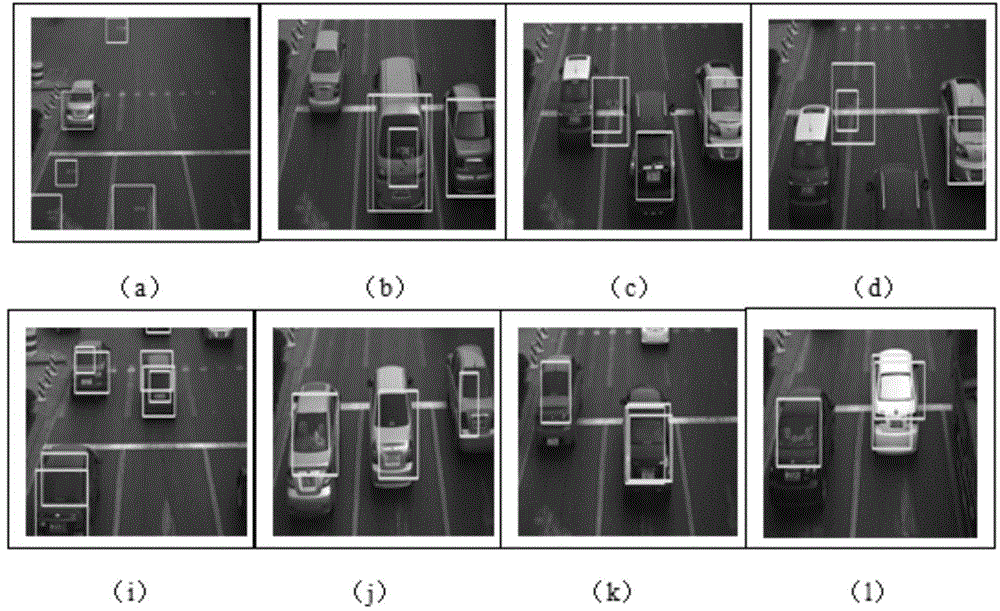Fully-autonomous on-line study method based on random fern classifier
A random fern classifier and learning method technology, applied in the field of pattern recognition, can solve the problems of rigid structure of online learning classifier, classification ability cannot meet detection performance, and detection accuracy cannot be improved
- Summary
- Abstract
- Description
- Claims
- Application Information
AI Technical Summary
Problems solved by technology
Method used
Image
Examples
Embodiment Construction
[0060] The present invention will be further described below in conjunction with specific examples and accompanying drawings.
[0061] The invention discloses a nearest neighbor classifier training method in a fully autonomous online learning process based on the research of a target detection system. The method only needs to select a target in a video frame once to perform online learning of the classifier for the target class. The steps are: first, use affine transformation to obtain the initial positive sample set for the frame-selected target, and extract a small number of negative sample sets in the non-target area of the video to train the initial random fern classifier; secondly, use this classifier to perform Target Detection. During the detection process, the nearest neighbor classifier is used to collect online learning new samples, and automatically judge the sample category; finally, the new samples are used for online training of the random fern classifier, and ...
PUM
 Login to View More
Login to View More Abstract
Description
Claims
Application Information
 Login to View More
Login to View More - R&D
- Intellectual Property
- Life Sciences
- Materials
- Tech Scout
- Unparalleled Data Quality
- Higher Quality Content
- 60% Fewer Hallucinations
Browse by: Latest US Patents, China's latest patents, Technical Efficacy Thesaurus, Application Domain, Technology Topic, Popular Technical Reports.
© 2025 PatSnap. All rights reserved.Legal|Privacy policy|Modern Slavery Act Transparency Statement|Sitemap|About US| Contact US: help@patsnap.com



